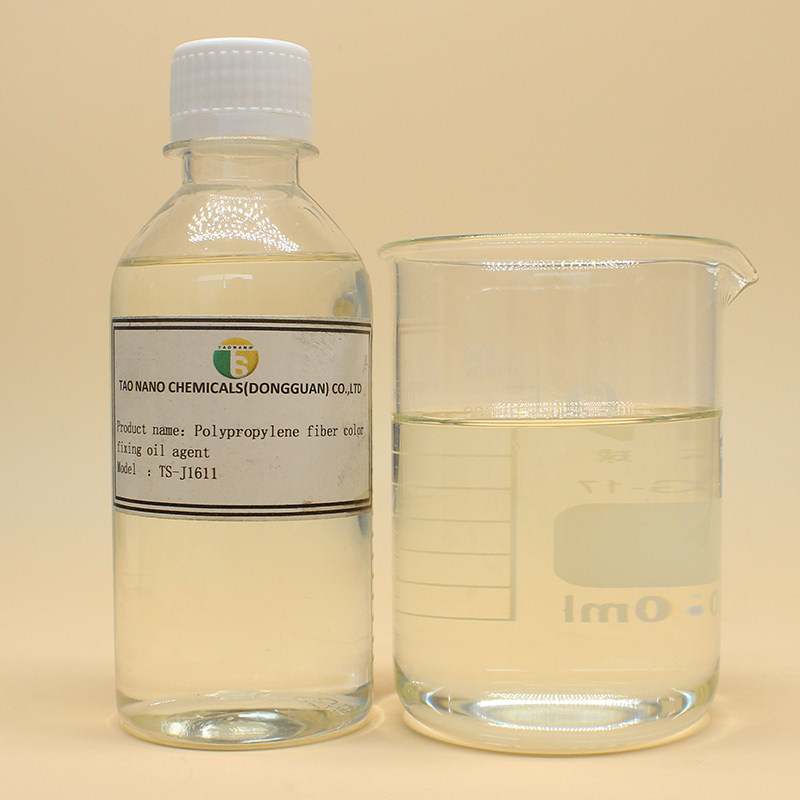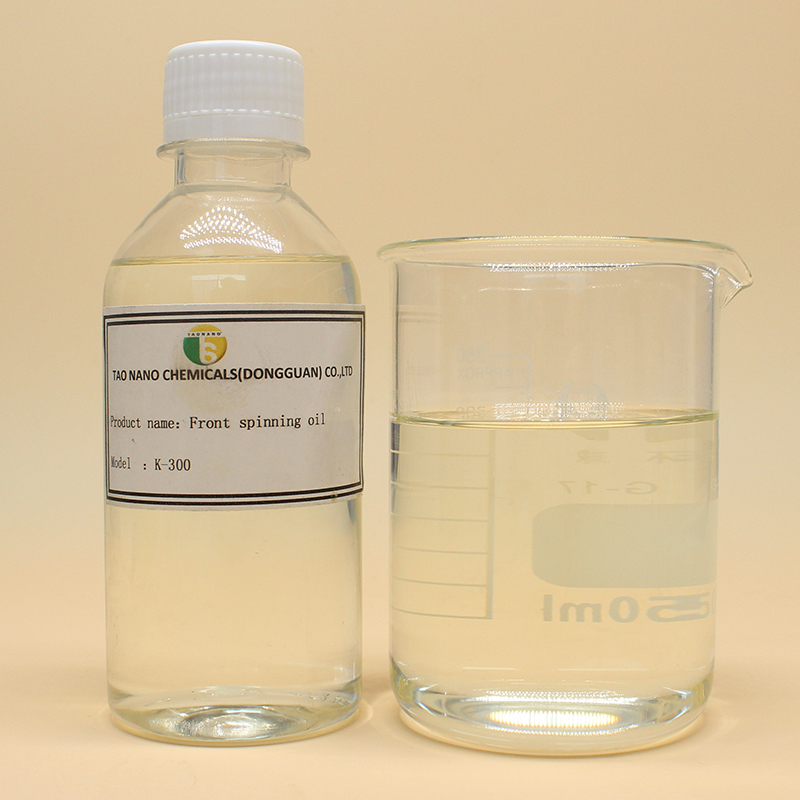- Foreign trade exports are moving forward under pressure, with both resilience and challenges coexisting
- What's inside high-quality Polypropylene yarn spinning oil?
- Polypropylene yarn spinning oil is a key additive for enhancing the production efficiency of PP fibers
- The rise of the Latin American market is expected to become a new growth pole for China's textile foreign trade
- The production process and market development prospects of polypropylene staple fiber
- The global trade landscape is undergoing significant changes in 2025

- Contact: Miss Tang
- Telephone: 0086-18926870629
- Email: taonano@taonanooil.com
- Address:No. 59, Liantang Road, Sanzhong Village, Qingxi Town, Dongguan City, Guangdong Province
In the textile industry, the production of polypropylene yarn relies heavily on specialized additives to ensure smooth processing and high-quality output. One such critical component is polypropylene yarn spinning oil, a lubricant designed to reduce friction during the spinning process. This oil plays a pivotal role in enhancing fiber cohesion, minimizing static electricity, and improving the overall efficiency of yarn manufacturing.
The primary function of polypropylene yarn spinning oil is to coat the fibers, reducing breakage and ensuring uniform tension during spinning. Without proper lubrication, polypropylene fibers can become brittle, leading to increased waste and production delays. By applying this specialized oil, manufacturers achieve better fiber alignment and stronger yarn tensile strength, which are essential for downstream applications like weaving and knitting.
Another advantage of polypropylene yarn spinning oil is its ability to prevent static buildup, a common issue in synthetic fiber production. Static electricity can cause fibers to repel each other, resulting in uneven yarn formation. The anti-static properties of this oil ensure smoother processing, reducing downtime and improving productivity. Additionally, its thermal stability allows it to withstand high-speed spinning operations without degrading.
Environmental considerations are also important when selecting polypropylene yarn spinning oil. Modern formulations are increasingly biodegradable and free from harmful additives, aligning with sustainable manufacturing practices. As the demand for eco-friendly textiles grows, the development of advanced spinning oils will continue to support the industry’s green initiatives.
In conclusion, polypropylene yarn spinning oil is indispensable in textile manufacturing, offering lubrication, static control, and environmental benefits. Its role in optimizing production efficiency underscores its importance in the ever-evolving world of synthetic fiber processing.
- Foreign trade exports are moving forward under pressure, with both resilience and challeng
- What's inside high-quality Polypropylene yarn spinning oil?
- Polypropylene yarn spinning oil is a key additive for enhancing the production efficiency
- The rise of the Latin American market is expected to become a new growth pole for China's
- The production process and market development prospects of polypropylene staple fiber
- The global trade landscape is undergoing significant changes in 2025



